WMS Media Hub

Press Releases


04/16/2025
WMS and AT&T Team Up to Enhance International Day Pass™ Connectivity for Cruise Ships and Land
-Trailblazers of Innovative Connectivity Offer Cruise-Ready Voice, Text, and Data Service That Extends Land Pass – MIRAMAR, FL – April 16, 2025 – WMS, the leading global provid…


04/08/2025
WMS Partners with Verizon to Launch $20 Cruise Daily Pass
-Voice, Text, and Data at Sea Available on 200+ Ships and 25+ Cruise Lines – MIRAMAR, FL – April 8, 2025 – WMS, the leading global provider of cruise wireless connectivity,…


02/03/2025
WMS Expands Senior Leadership Team, Adding Customer Engagement, Product Development and Marketing Talent
-Strengthening Commitment to Partners through Leading Connectivity Services- MIRAMAR, FL – February 3, 2025 – WMS, the premier global provider of cruise wireless connectivity, …
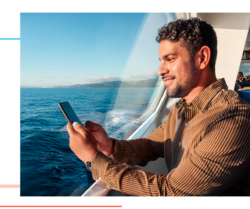
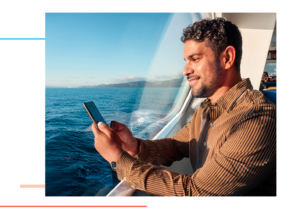
02/03/2025
WMS to Showcase Wi-Fi Service to Level Up Ferry Connectivity at Interferry2024
MIRAMAR, FL – October 26, 2024 – WMS, the premier global provider of wireless connectivity, announces it will feature the ferry industry’s most innovative and comprehensive Wi-Fi …
WMS News
Latest Blog Posts
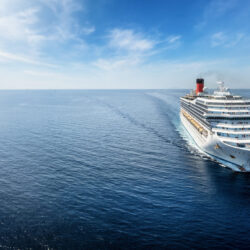
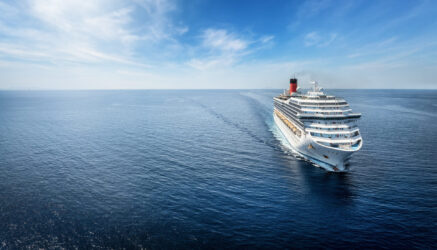
05/06/2025
WMS Ushers in a New Dawn of Connectivity with AT&T and Verizon Cruise Day Passes
Summer cruise season is just around the corner – just in time for a new dawn of connectivity at sea. Long gone are the days of low-speed pay-per-use plans and unpredictable …
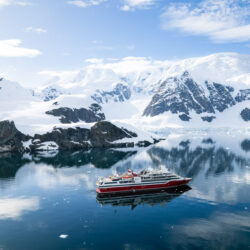
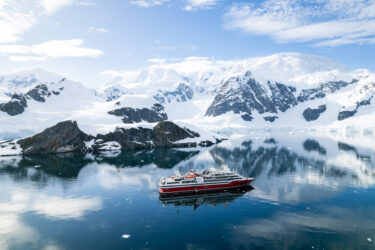
07/11/2024
Experience the Most Unique Destinations with Exploris One and Cellular at Sea
[MIRAMAR, FLA., July 11, 2024] – Ahoy, cruisers! We have some thrilling news that’s bound to make waves among travel enthusiasts and connectivity aficionados alike. Picture this: …
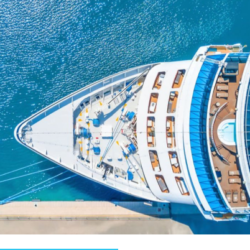
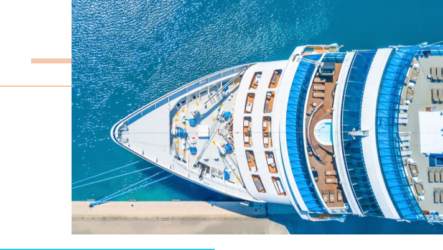
05/21/2024
Tips for Navigating Connectivity on Your Summer Cruise
[MIRAMAR, FLA., May 21, 2024] – As the summer vacation season kicks off, many of us are eagerly planning our next adventure, and for some, that means embarking on a cruise. W…
04/15/2024
WMS Attendee Survey at Seatrade Cruise Global 2024 Reveals Passenger Wireless Connectivity Preferences
[MIRAMAR, FLA., April 15, 2024] – WMS, the premier global provider of wireless connectivity services, wrapped up its Attendee Survey at Seatrade Cruise Global 2024 on Apri…

